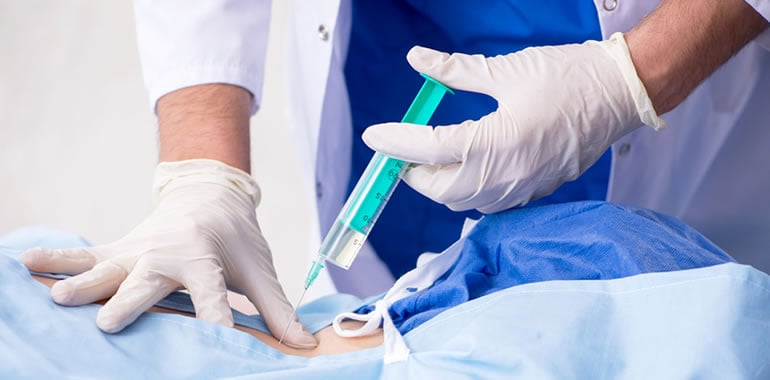
Foot and ankle surgeons evaluate injuries and deformities, select surgical plans, and guide recovery timelines. They utilize imaging, planning software, and targeted techniques to address joint wear, tendon issues, and alignment problems. This provides a clearer picture of options when the steps, tools, and goals are laid out clearly. Here are some advances in surgery techniques:
3D Bunion Correction
Scans map the feet in three dimensions, providing detailed measurements of angles and rotations. Surgeons may use this data to plan cuts, rotations, and shifts on a digital model, which helps target the deformity from multiple angles. Patient-specific guides created with 3D printing fit the bone precisely, guiding the saw and screws during surgery. Imaging verifies the plan, but the guide minimizes guesswork during the alignment process.
While traditional bunion surgery typically focuses on a single plane, newer techniques aim to correct the bone in terms of length, angle, and twist to address the full deformity. Postoperative procedures vary depending on the bone quality and the strength of the hardware. Weight-bearing may be resumed when the results are strong enough to support the load safely.
Ankle Arthroscopy
A foot and ankle surgeon inserts a small camera into the joint through portals, while slim tools remove inflamed tissue or debris. Fluids keep the view clear, and pressure is carefully monitored to prevent swelling. In more complex cases involving instability, procedures might be staged or combined with ligament repair. For large deformities that require wide exposure, open surgery remains a suitable option.
To reduce risks such as nerve irritation or retained fragments, accurate portal placement, careful control of bleeding, and other checks are helpful. Rehabilitation begins with motion exercises and progresses to strength and balance training as tissues heal.
- Indications include loose bodies, cartilage defects, and selected ligament problems.
- Portal placement relies on surface landmarks, imaging, and nerve-safe corridors.
Platelet-rich Plasma
Platelet-rich plasma (PRP) is prepared from a small blood sample that is spun in a centrifuge to concentrate platelets. Some preparation methods include removing white blood cells, while others do not. The activation process, spinning speed, and final volume all affect the composition. Protocols specify these details to provide consistent results.
In foot and ankle treatments, PRP is used around tendons, inside joints, or at bony cuts as an adjunct to surgery. Outcomes vary depending on the formulation and timing of treatment. A practical approach to using PRP involves matching the mixture to the target tissue, maintaining consistent injection intervals, and recording outcomes using simple scales. Using ultrasound guidance helps accurately place the injection, and sterile technique reduces the risk of infection. Typical side effects include brief soreness and bruising at the injection site.
Find a Foot and Ankle Surgeon
If you are exploring care, gather prior imaging, a symptom timeline, and activity notes that flare pain. Ask about surgeon volume for your problem and what rehab milestones apply. Bring your medication list and allergies, and share any work or sports demands that may affect your recovery timing. Schedule a consultation with a board-certified foot and ankle surgeon to review your diagnosis, compare options, and outline next steps.





